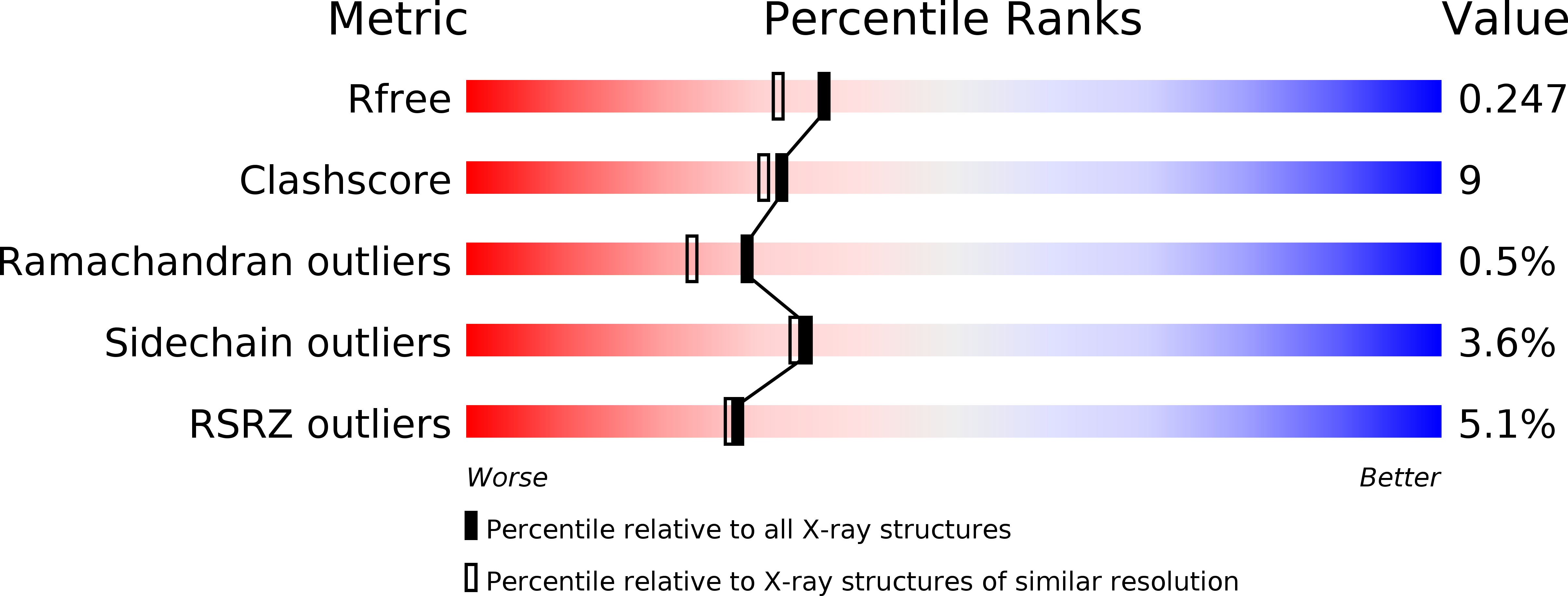
Deposition Date
2000-09-25
Release Date
2001-03-07
Last Version Date
2024-02-07
Entry Detail
PDB ID:
1FX7
Keywords:
Title:
CRYSTAL STRUCTURE OF THE IRON-DEPENDENT REGULATOR (IDER) FROM MYCOBACTERIUM TUBERCULOSIS
Biological Source:
Source Organism:
Mycobacterium tuberculosis (Taxon ID: 1773)
Host Organism:
Method Details:
Experimental Method:
Resolution:
2.00 Å
R-Value Free:
0.27
R-Value Work:
0.21
Space Group:
P 21 21 21


